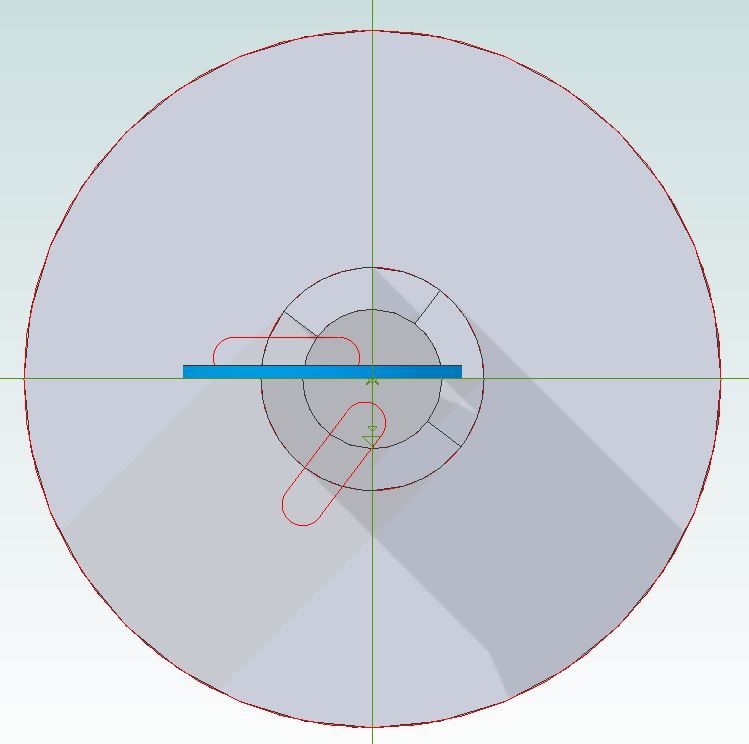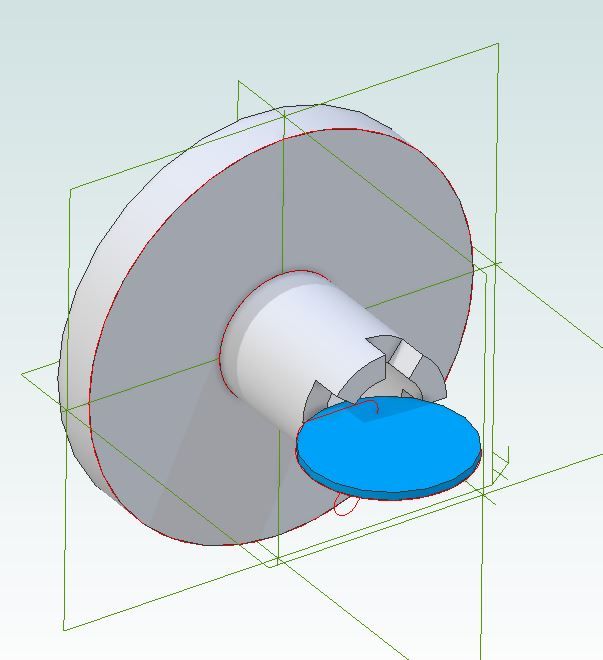Making Tapered Castellations in Aluminium
Making Tapered Castellations in Aluminium
- This topic has 44 replies, 20 voices, and was last updated 13 September 2021 at 10:35 by
DiogenesII.
- Please log in to reply to this topic. Registering is free and easy using the links on the menu at the top of this page.
Latest Replies
Viewing 25 topics - 1 through 25 (of 25 total)
-
- Topic
- Voices
- Last Post
Viewing 25 topics - 1 through 25 (of 25 total)
























